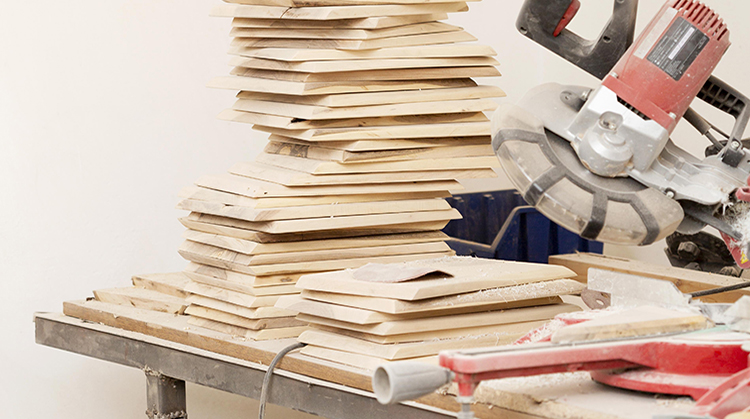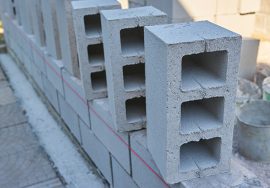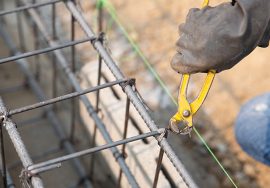
5 Common Building Mistakes to Avoid in Nigeria
Introduction:
Construction in Nigeria comes with its own unique challenges—unpredictable weather, fluctuating material prices, inconsistent workmanship, and a lack of building regulation enforcement in many areas. Unfortunately, these challenges often lead to costly and sometimes dangerous building mistakes.
Whether you’re a first-time homeowner, contractor, or site manager, learning from the mistakes of others can save you money, time, and stress. This post highlights five of the most common mistakes seen across Nigerian construction sites and how to avoid them.
1. Skipping Soil Tests Before Laying Foundation
Many people start building without conducting a proper geotechnical survey or soil test. This is a major mistake.
Why it matters:
The strength and type of your foundation must match the soil condition. Building on waterlogged or clay-heavy land without this knowledge often leads to sinking or cracked buildings.
Solution:
Always conduct a soil test before design or construction begins. It helps your engineer determine the correct foundation type (raft, pad, or pile).
2. Using Substandard Materials to Cut Costs
Trying to save money by buying cheaper cement, iron rods, or blocks often backfires. Substandard materials may look okay but lack the strength and durability needed to hold up a structure.
Common shortcuts:
-
Hollow or underweight blocks
-
Uncertified rods
-
Mixing low-quality sand or using salty water
Solution:
Use verified materials from reputable vendors. Watch BTech Nigeria’s Product Review videos to compare quality and durability before buying.
3. Ignoring Proper Curing of Concrete
Rushing the curing process to save time is a silent killer in many Nigerian buildings.
What happens:
-
Concrete is poured and left uncured.
-
Builders move to the next level too quickly.
-
Cracks form over time, reducing lifespan.
Solution:
Cure concrete properly for at least 7 days. This may involve covering it with wet sacks, plastic sheets, or constantly sprinkling with water.
4. Overloading the Structure Without Proper Design
Many homeowners build single-storey foundations and later decide to add extra floors without consulting an engineer.
Risk:
The original foundation and pillars may not be able to carry the new load, leading to structural collapse.
Solution:
If you plan to “build upward” in the future, tell your engineer at the beginning. Get a structural design suitable for multi-storey buildings from the start.
5. Hiring Unskilled Labour Without Supervision
Labour is a big part of building costs, and many people try to cut corners by hiring roadside masons or self-proclaimed carpenters.
Result:
-
Poor block alignment
-
Leaky roofing
-
Uneven floors
-
Weak plastering and finishing
Solution:
Vet your workers. Ask for references, pictures of past jobs, or certifications. Supervise regularly or hire a site engineer to do so on your behalf.






